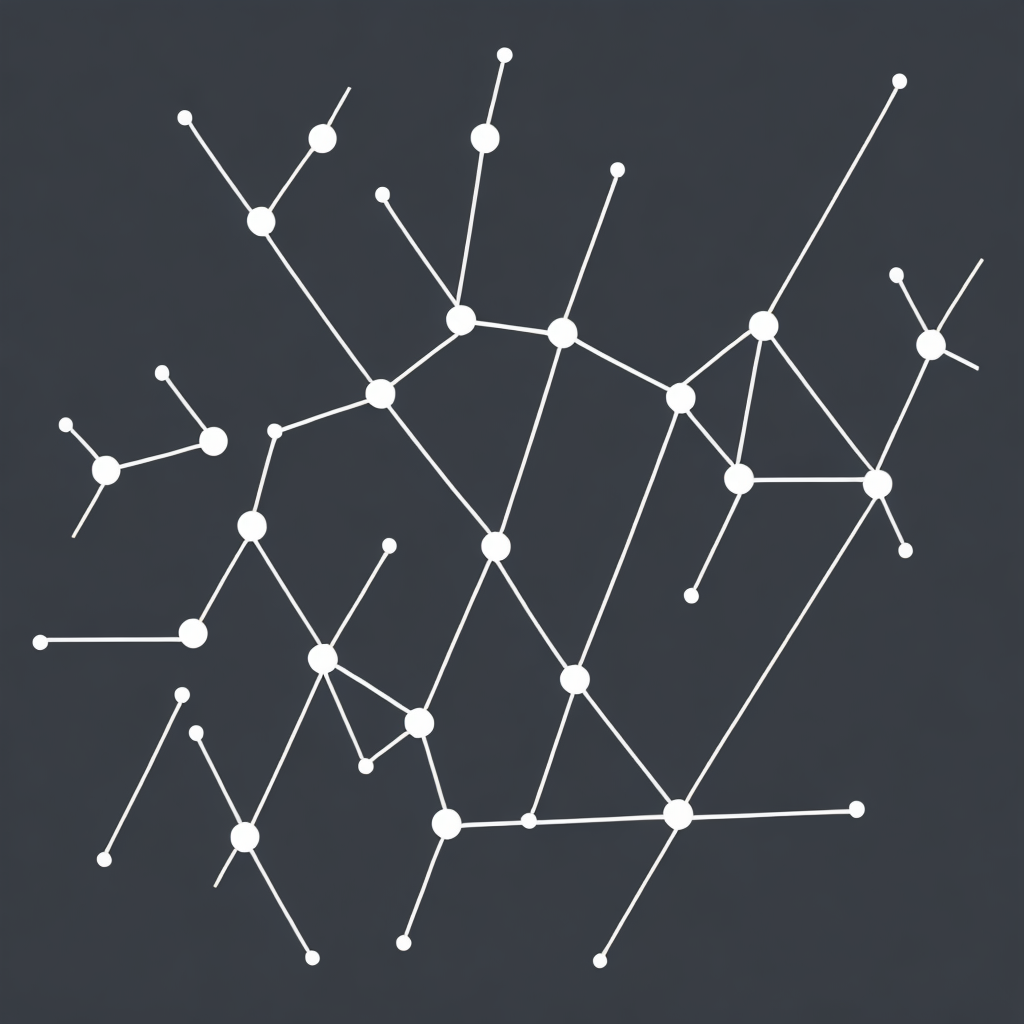In the digital age, data continues to inundate us on a daily basis, providing us with a wealth of information. The sheer volume of data presents both an opportunity and a challenge, as the complexity of information becomes increasingly difficult to understand. Enter the power of knowledge graphs; a transformational tool that is revolutionizing the way we interpret and utilize data for more profound insights and discoveries.
Knowledge graphs are essentially visual representations of interconnected pieces of information, or ‘entities’ and relationships between these entities. They provide a structure through which relationships and dependencies within data can elucidate complex patterns, making it easier for humans to infer knowledge and draw meaningful conclusions from large datasets.
The use of knowledge graphs is proving invaluable in various industries and applications:
### Enhancing Data Understanding
Knowledge graphs simplify the comprehension of complex datasets by breaking down abstract information into interconnected nodes or points. This format makes it easier to visualize relationships between data points, such as links between individuals, products, and transactions in business intelligence. By understanding the context and relationships surrounding the data, users can uncover unseen patterns, trends, and insights that might be lost in traditional data analysis methods.
### Knowledge Discovery
In the field of knowledge discovery, knowledge graphs enable researchers to rapidly traverse vast databases, facilitating the identification of previously unknown connections and insights. Whether analyzing social networks to understand the spread of information and influence, or exploring genealogical sequences to identify evolutionary relationships, knowledge graphs offer a powerful framework for discovering new knowledge. They can enhance the accuracy of predictions, inform strategic planning, and support evidence-based decision-making across a wide spectrum of interests.
### Machine Learning and AI
In the realm of machine learning and artificial intelligence, knowledge graphs are rapidly becoming the backbone for more advanced models. By imbuing AI systems with structured knowledge, they enable more sophisticated reasoning and decision-making capabilities. This integration ensures that AI doesn’t just process and analyze data, but also comprehend and act upon the complex relationships and implications of that data, making the AI significantly more powerful.
### Application in Education
Knowledge graphs also hold significant potential in the educational sector. They can be used to enrich learning experiences by presenting information in a visual and interconnected format. Students can explore vast libraries of information, tracing connections between subjects and concepts. Educators, on the other hand, gain insight into learning patterns and outcomes, enabling them to tailor their teaching strategies more effectively.
### Conclusion
Harnessing the power of knowledge graphs represents a pivotal step forward in the era of big data and advanced technological solutions. By facilitating a deeper understanding of data through visual and interconnected representations, knowledge graphs offer a transformative tool for industries, academics, and decision-makers alike. This article has endeavored to illustrate the vast potential of knowledge graphs in enhancing data analysis, knowledge discovery, and AI capabilities. Implementing these tools in various sectors not only optimizes existing processes but also paves the way for new frontiers in research, innovation, and education, ushering in a new dawn for the digital age.
